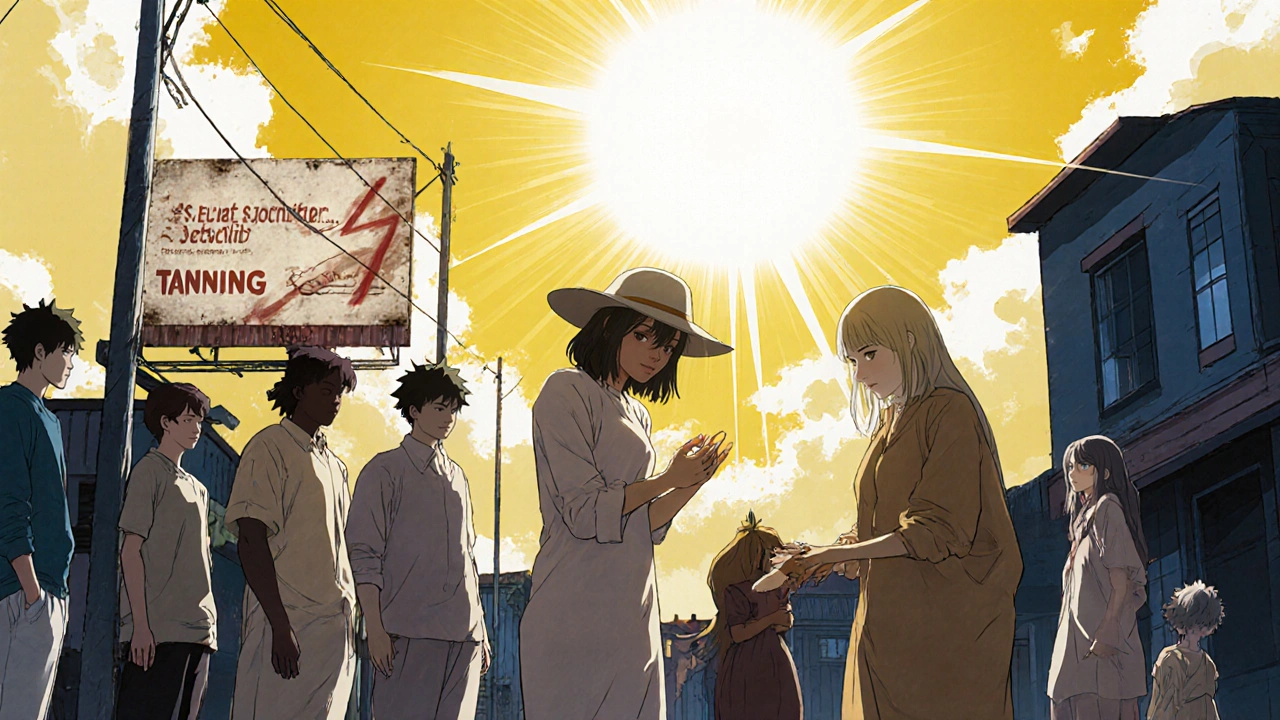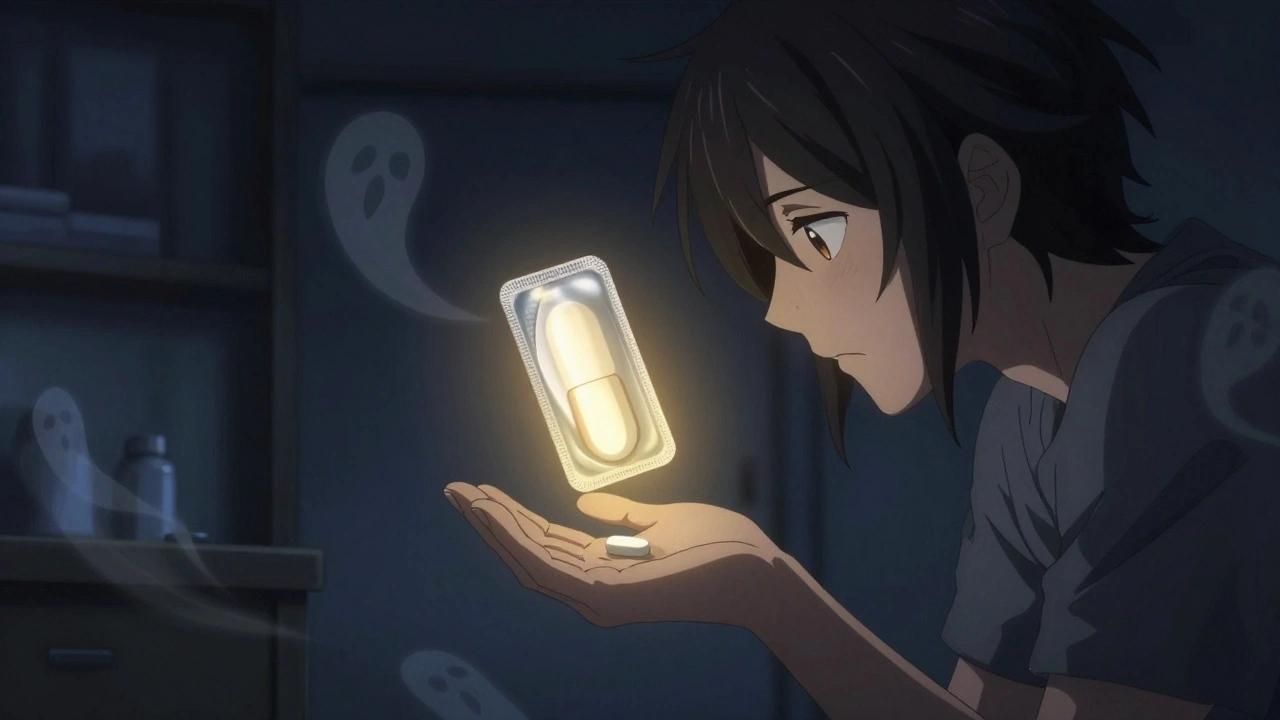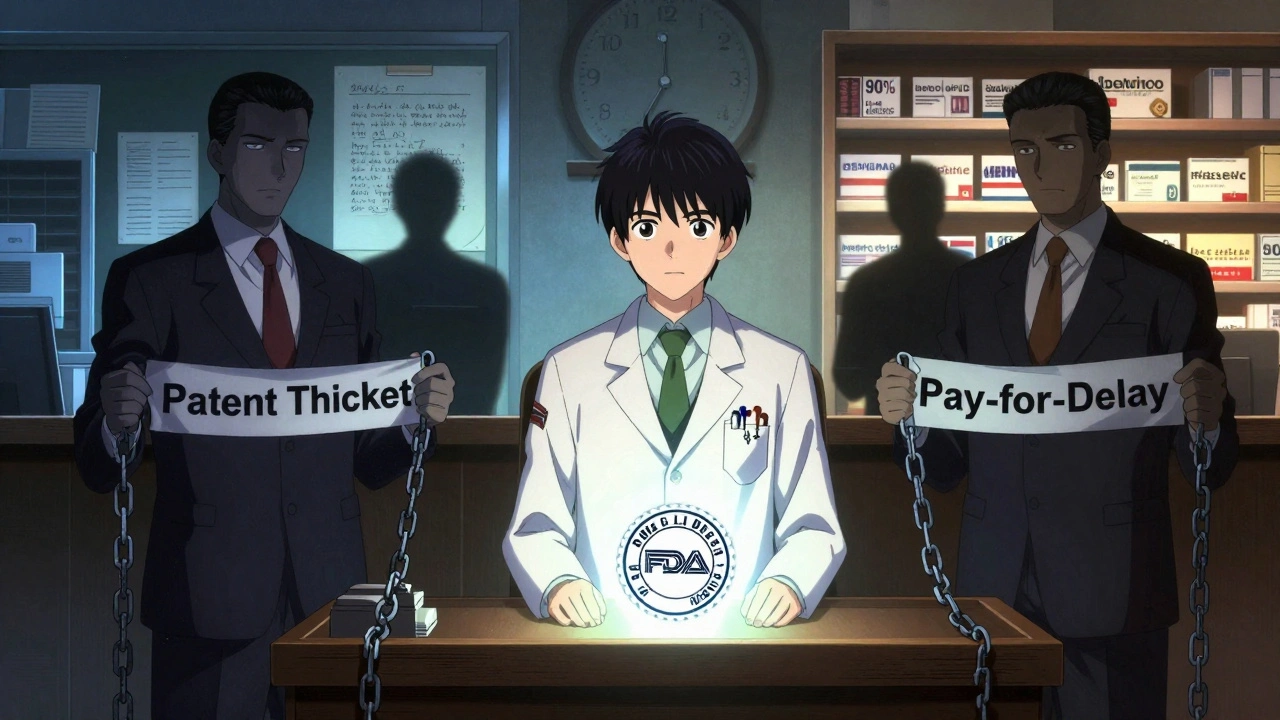Most people think skin cancer is just a sunburn that turned bad. But melanoma isn’t just another mole. It’s the deadliest form of skin cancer, and it’s rising fast. In 2025, over 100,000 new invasive cases are expected in the U.S. alone. The good news? If caught early, your chance of surviving is better than 99%. The bad news? Too many people wait until it’s too late. This isn’t about vanity. It’s about survival.
What Exactly Is Melanoma?
Melanoma starts in melanocytes - the cells that give your skin its color. When these cells go rogue, they multiply uncontrollably and can spread to other parts of the body. Unlike basal or squamous cell cancers, which grow slowly and rarely metastasize, melanoma can move fast. It accounts for only about 1% of all skin cancers, but it causes the vast majority of skin cancer deaths.
There are four main types:
- Superficial spreading melanoma - the most common, making up 70% of cases. It often appears as a flat, unevenly colored spot that grows outward.
- Nodular melanoma - more aggressive. It grows downward quickly and looks like a raised bump, often black or dark blue.
- Lentigo maligna melanoma - usually found on sun-exposed skin in older adults. It starts as a large, flat, tan or brown patch.
- Acral lentiginous melanoma - rare but dangerous. It shows up on palms, soles, or under nails. It’s the most common type in people with darker skin tones.
What makes melanoma tricky is that it doesn’t always look like the textbook example. A dark streak under your fingernail? Could be trauma. But if it doesn’t grow out with your nail, it might be melanoma. A new mole on your foot? Maybe just a bruise. But if it changes shape or color over weeks, it’s not just a bruise.
How to Spot Melanoma: The ABCDE Rule
The ABCDE rule isn’t just a medical slogan - it’s a life-saving checklist. Use it during your monthly skin check.
- A - Asymmetry: One half doesn’t match the other.
- B - Border: Edges are ragged, blurred, or notched.
- C - Color: More than one color - blacks, browns, reds, whites, or blues.
- D - Diameter: Larger than 6mm - about the size of a pencil eraser.
- E - Evolving: Changing in size, shape, color, or texture over time.
But here’s the catch: not all melanomas follow ABCDE. Some are small. Some are uniform in color. That’s why you need to know your own skin. If something looks new, different, or just ‘off’ - get it checked. Don’t wait for it to tick every box.
Studies show that 78% of melanoma patients found their own lesions through self-exams. One woman in Texas spotted a tiny black dot under her big toe. She thought it was dirt. It was a 0.4mm melanoma. Caught early, her five-year survival chance was 99.6%.
Who’s at Risk? It’s Not Just Fair Skin
People with light skin, blue eyes, red hair, or a history of sunburns are at higher risk. But melanoma doesn’t care about your skin tone. Black, Hispanic, and Asian patients are more likely to be diagnosed at later stages - not because they get it less, but because it’s often missed.
Acral melanoma, which shows up on palms, soles, or under nails, is more common in people of color. Yet, doctors still misdiagnose it as fungal infections, bruises, or ingrown nails. One patient on a melanoma forum shared that her foot lesion was labeled a “bruise” three times before she was told it was Stage III melanoma.
Family history matters too. If a parent, sibling, or child has had melanoma, your risk doubles. And it’s not just sun exposure. Genetics play a role. About half of melanomas have a BRAF gene mutation - a change that makes the cancer grow faster. That’s why genetic testing is now standard for advanced cases.

Prevention: It’s Not Just Sunscreen
Ninety percent of melanomas are linked to UV radiation - from the sun or indoor tanning. That means most cases are preventable. But sunscreen alone isn’t enough.
- Use broad-spectrum SPF 30 or higher every day, even when it’s cloudy. UV rays penetrate clouds and windows.
- Reapply every two hours - or after swimming or sweating. Most people use only 25-50% of the amount needed.
- Avoid tanning beds completely. Using them before age 35 increases melanoma risk by 75%.
- Wear UPF clothing and wide-brimmed hats. A regular T-shirt only blocks about 5 SPF.
- Check the UV index daily. Apps like QSun’s UV Index now integrate with weather forecasts. When it’s 6 or higher, take extra precautions.
Here’s something shocking: only 14.3% of high school students use sunscreen consistently. Cost is a big reason - 67% of low-income families say sunscreen is too expensive. But a $10 bottle lasts months. Prevention saves money: every dollar spent on UV protection saves $3.50 in treatment costs.
Detection: Don’t Wait for Symptoms
Early detection isn’t optional. It’s everything. A melanoma under 1mm thick has a 99% five-year survival rate. Once it spreads to lymph nodes, that drops to 65%. If it reaches distant organs, survival falls to 35%.
Professional skin exams are key for high-risk people: those with over 50 moles, a family history, or a past melanoma. The National Comprehensive Cancer Network recommends checks every 3 to 6 months. But here’s the problem: the average wait for a dermatologist appointment is nearly 29 days. In rural areas, it’s over two months.
Teledermatology is helping. Apps that let you send photos to dermatologists have 87% accuracy - close to in-person visits. Some Walmart health clinics are now testing kiosks with built-in dermoscopes. These devices magnify skin 20x and capture detailed images. But they’re not everywhere yet.
For those who can’t get to a doctor, monthly self-exams are the best backup. Take 10-15 minutes after a shower. Use a mirror. Check your back, scalp, between toes, and under nails. Take photos of suspicious spots every month. Compare them. If it’s changing, go.

Treatment: From Surgery to Breakthroughs
Stage 0 (in situ) melanoma is usually cured with a simple surgical removal. Doctors remove the mole plus a small border of healthy skin - usually 0.5 to 1cm.
For thicker melanomas (Stage I-II), they remove wider margins (1-2cm) and often do a sentinel lymph node biopsy. This checks if cancer has spread to nearby lymph nodes. If it has, you’re Stage III.
Stage III treatment adds immunotherapy. Drugs like pembrolizumab (Keytruda) or nivolumab (Opdivo) help your immune system find and kill cancer cells. These aren’t chemo. They don’t make you lose your hair. But they can cause fatigue, rashes, or thyroid issues. Side effects are milder than targeted therapy, which attacks specific mutations like BRAF.
Targeted therapy (like dabrafenib + trametinib) works fast - tumors shrink in weeks. But only if you have the BRAF mutation (about half of all melanomas). It’s effective, but harsh: 57% of patients get serious side effects like fever, liver damage, or heart rhythm problems.
For Stage IV - when melanoma spreads to lungs, liver, or brain - immunotherapy is the main hope. The combo of nivolumab and ipilimumab (Yervoy) gives 52% of patients a 5-year survival chance. That’s double what it was a decade ago.
In early 2025, the FDA approved a new mRNA vaccine (mRNA-4157/V940) for high-risk patients. When used with pembrolizumab, it cut recurrence risk by 44%. It’s not a cure, but it’s a major step toward turning melanoma into a manageable disease.
The Hidden Costs: Money, Access, and Inequality
Treatment costs are staggering. A single infusion of nivolumab can cost $28,500 out-of-pocket, even with insurance. Annual drug costs can hit $200,000. Medicare spends $1.8 billion a year on melanoma drugs. Yet, public health spending on prevention? Just $0.02 per person.
Access isn’t equal. In states like Mississippi, there’s only 1.2 dermatologists per 100,000 people. In Massachusetts, it’s 7.8. That’s why late-stage diagnosis rates are 22% in Mississippi and 14% in Massachusetts.
Teledermatology helps, but Medicare pays less for virtual visits than in-person ones - $74 vs $102. Many clinics won’t offer it unless they get paid more.
And racial disparities persist. Black patients are 10 times more likely to die from melanoma than white patients - not because they get it more, but because it’s found later. That’s a system failure, not a biology problem.
What You Can Do Right Now
You don’t need a degree in oncology to save your life. Here’s your action plan:
- Do a skin check every month. Use the ABCDE rule. Take photos.
- Wear sunscreen daily. Even on cloudy days. Reapply after swimming or sweating.
- Avoid tanning beds. There’s no safe tan.
- Know your risk. Family history? Over 50 moles? Fair skin? Get professional checks every 3-6 months.
- Call your doctor if something changes. Don’t wait. Don’t hope it goes away.
Melanoma isn’t scary because it’s common. It’s scary because it’s silent - until it’s not. But it’s also one of the most preventable cancers we have. Your skin is your largest organ. Protect it. Know it. Trust your eyes. You’re your own first line of defense.






Oyejobi Olufemi
November 16, 2025 AT 11:15Let me be brutally clear: sunscreen is a capitalist scam designed to make you feel safe while Big Pharma profits from your ignorance. You think SPF 30 stops melanoma? Ha! The real danger is UV-A rays penetrating your windows, your car, your damn phone screen - and no sunscreen blocks that fully. The FDA doesn't regulate it properly. The WHO? Compromised. You're being played. And don't get me started on those 'mRNA vaccines' - they're just gene therapy with a PR team. You think your immune system can handle that? You're a lab rat with a sunburn.
Teresa Smith
November 17, 2025 AT 05:10While the data presented here is scientifically sound, I want to emphasize the human element: early detection isn't just about spotting a mole - it's about cultivating a habit of self-awareness. Monthly skin checks are not a chore; they're an act of radical self-respect. And yes, cost barriers are real - but community health fairs, mobile clinics, and even library-based dermatology outreach programs are emerging across rural America. We can fix this - not with fear, but with access.
ZAK SCHADER
November 17, 2025 AT 14:07U.S. has the best skin cancer stats in the world and people still whine about sunscreen cost? Get a job. Tanning beds are banned in 40 countries because theyre dangerous - not because the government wants to control you. And if you cant afford SPF 30, you got bigger problems than melanoma. Also, why is everyone suddenly obsessed with mole checks? Last I checked, we dont scan our elbows for terrorists.
Daniel Stewart
November 19, 2025 AT 12:59It's fascinating how we've turned a biological phenomenon into a moral imperative - 'protect your skin' as if it were a sacred temple. But is melanoma truly the enemy, or merely a mirror reflecting our collective anxiety about mortality? We fear the dark spot because it reminds us that our bodies are not ours to command - that even our most intimate surfaces betray us. And yet, we still reach for the sunscreen like a talisman. How quaint.
Latrisha M.
November 21, 2025 AT 10:15Monthly skin checks are the most powerful tool you have. Take 10 minutes after your shower. Use a mirror. Check your scalp. Look under your nails. Don’t wait for symptoms. If something changes - go. No excuses. And if you’re worried about cost - many clinics offer free screenings. You don’t need a dermatologist to notice a change. You just need to pay attention.
Jamie Watts
November 22, 2025 AT 07:24Everyone’s freaking out about melanoma like its some new alien virus but the truth is most people who get it are just lazy and never wore sunscreen. I got a mole checked last year and the doc said it was fine but I still got paranoid and now I wear SPF 70 every day even in winter. Also why is everyone talking about dark skin people getting it later? That’s because they dont care enough to check. If you dont look you wont find. Simple. And mRNA vaccines? That’s just science doing its job stop being scared of words you dont understand.
John Mwalwala
November 23, 2025 AT 18:49Wait - did you know the sun isn’t even the real cause of melanoma? The real culprit is HAARP and 5G radiation altering your skin’s DNA at a cellular level. They’ve been hiding this since the 90s. The FDA approved that mRNA vaccine because it’s designed to trigger an immune response that makes you more susceptible to future UV damage - it’s a slow-release control mechanism. And those dermoscope kiosks at Walmart? They’re scanning your biometrics and feeding it to the CDC’s melanoma profiling AI. Your mole is being tracked. Your skin is a data point. Wake up.
Deepak Mishra
November 24, 2025 AT 03:24OMG I JUST FOUND A BLACK DOT UNDER MY TOE AND NOW IM SCARED TO DEATH 😭😭😭 I WAS JUST THINKING IT WAS DIRT BUT NOW IM READING THIS ARTICLE AND IM SURE IM GONNA DIE BEFORE MY WEDDING NEXT MONTH 😭😭😭 SOMEONE PLEASE TELL ME IM NOT ALONE 😭😭😭
Rachel Wusowicz
November 24, 2025 AT 18:51They say 'melanoma is preventable' - but who gets to prevent it? The people with time, money, and access to dermatologists? The ones who can afford UPF clothing, UV-index apps, and biweekly checkups? Meanwhile, the working class is slaving under fluorescent lights, commuting in cars with tinted windows, and using expired sunscreen bought on sale at the dollar store. This isn't prevention - it's privilege. The system doesn't want you healthy. It wants you paying for treatments later. And that mRNA vaccine? It's not a cure - it's a subscription model wrapped in hope.
Diane Tomaszewski
November 26, 2025 AT 13:46I’ve been doing monthly skin checks since my dad passed from melanoma. It’s not scary if you make it routine. I take a picture of every mole with my phone. I don’t need a fancy app - just a calendar reminder. And if something looks off? I go. No waiting. No overthinking. Just action. That’s how you beat this.
Dan Angles
November 27, 2025 AT 04:48While the statistical data presented is compelling, I would respectfully urge a more nuanced consideration of socioeconomic determinants in melanoma outcomes. The disparity in dermatological access between urban and rural communities is not merely logistical - it is a reflection of systemic underinvestment in primary care infrastructure. Policy interventions must prioritize equitable distribution of screening resources, not merely public education campaigns.
David Rooksby
November 28, 2025 AT 16:00Look I’ve been reading about this for years and honestly I think most of it is just fearmongering. I mean sure the sun gives you cancer but so does breathing air and drinking water. The real problem is that the medical industry needs you scared so you keep coming back for checkups and buying expensive creams and then getting biopsies that cost a grand each and then they give you some fancy drug that makes you feel like crap for six months and then you’re still alive but broke and tired and wondering if it was even worth it. And don’t get me started on the tanning bed ban - I’ve got a tan and I’m fine. They banned it because they want you to buy their sunscreen and then their medicine and then their follow-up scans. It’s a business model. Not a health crisis.
Melanie Taylor
November 29, 2025 AT 18:04I’m from the Caribbean and we don’t use sunscreen here - we wear hats, stay in the shade, and let our skin breathe. Melanoma is rare here. Maybe we’re onto something. The obsession with SPF 70 feels like a Western thing - like we’ve forgotten how to live with the sun instead of fighting it. 🌞🌿